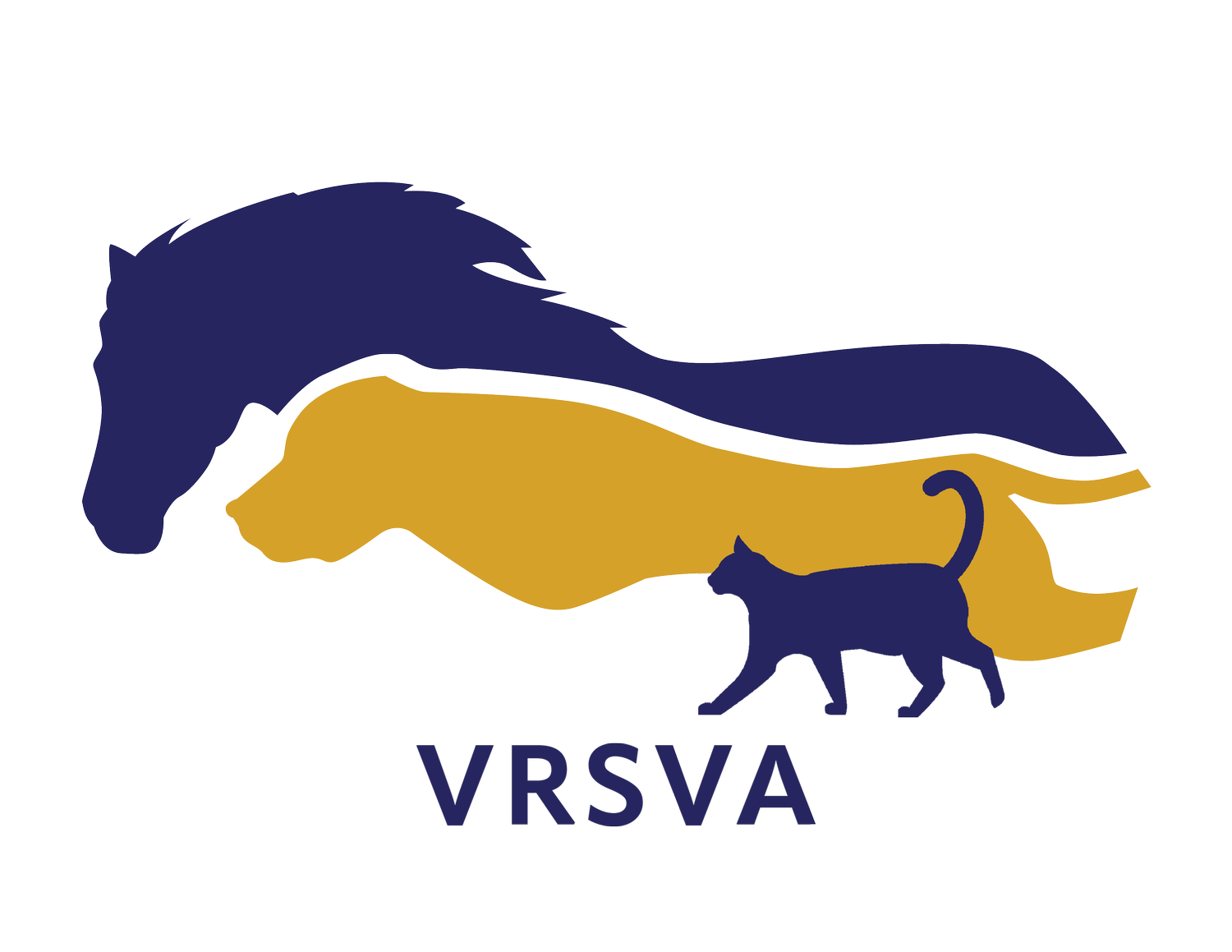Understanding Degenerative Myelopathy in Canines and the Role of Rehabilitation
Degenerative myelopathy (DM) is a progressive neurodegenerative disorder seen in dogs -- particularly older, large-breeds. This condition affects the spinal cord, leading to a gradual loss of mobility and eventually to severe symptoms that impact the animal's quality of life. Unfortunately, there is currently no cure for this heartbreaking disease. It can be very difficult for owners to navigate care of their declining pet, but rehabilitation can help these animals and their owners in several ways.
What is Degenerative Myelopathy?
Degenerative myelopathy (DM) is primarily caused by degeneration of the spinal cord's white matter, affecting the nerves responsible for movement and coordination. It usually has a genetic component and certain breeds are predisposed to the disease. Early symptoms present as weakness in the rear limbs, including dragging a paw or mis-stepping. As the disease advances, dogs experience progressive loss of coordination and loss of mobility in their hind legs and may eventually be unable to walk. While DM is not known to cause pain directly, the loss of mobility can contribute to secondary health issues such as joint pain and pressure sores.
Degenerative myelopathy can be challenging to diagnose. Initial signs are similar to other degenerative conditions -- such as arthritis or disc diseases -- which are often treated with medications or surgery. It is crucial for pet owners to work closely with their primary care veterinarians to establish an accurate diagnosis and ensure proper management of care.
The Role of Rehabilitation
While there is currently no cure for degenerative myelopathy, rehabilitation can significantly improve the quality of life for these dogs. A comprehensive rehabilitation program may incorporate the following elements:
Physical Therapy: Tailored exercises can strengthen the muscles in the hind legs and enhance overall mobility. Hydrotherapy (water-based exercise) is particularly beneficial, as it can reduce strain on joints while allowing dogs to exercise within the gentle support of the water.
Assistive Devices: The use of toe grips, harnesses, slings, or wheelchairs can help support these animals as the condition progresses, allowing them to maintain mobility and continue to engage with their environment.
Massage and Manual Therapy: Gentle massage can promote circulation, reduce muscle tension, and provide comfort to the dog.
Balance and Coordination Exercises: These exercises can help patients maintain stability, decreasing the chance of falls and helping them to remain active as long as possible.
Environmental Modifications: Adjustments at home, such as the use of non-slip rugs, ramps, or baby gates, can create a safer environment as the animal's coordination declines.
Class IV Laser therapy: Laser therapy can help these dogs by reducing inflammation, improving nerve function, relieving pain, and increasing circulation. Studies suggest that incorporating laser therapy into rehabilitation can slow the progression of DM and increase lifespan when started early.
Acupuncture: Acupuncture can release endorphins and help treat secondary effects of DM, improving overall quality of life.
Degenerative myelopathy can be a devastating diagnosis for dogs and their owners. With a focus on rehabilitation and supportive care, many dogs can continue to enjoy their lives even as their condition progresses. Pet owners should remain proactive, working alongside veterinary professionals to tailor a care regimen that maximizes their dog’s quality of life. While degenerative myelopathy presents challenges, knowledge and a compassionate approach can make a significant difference in these animal's lives.
